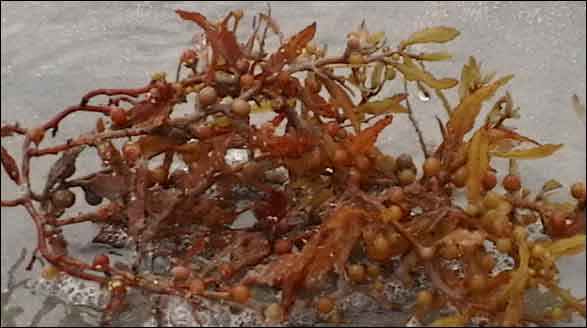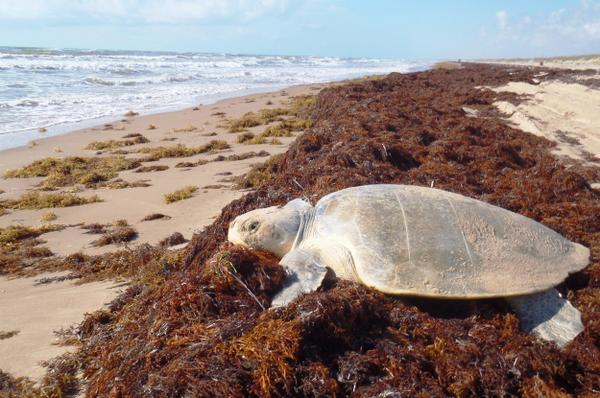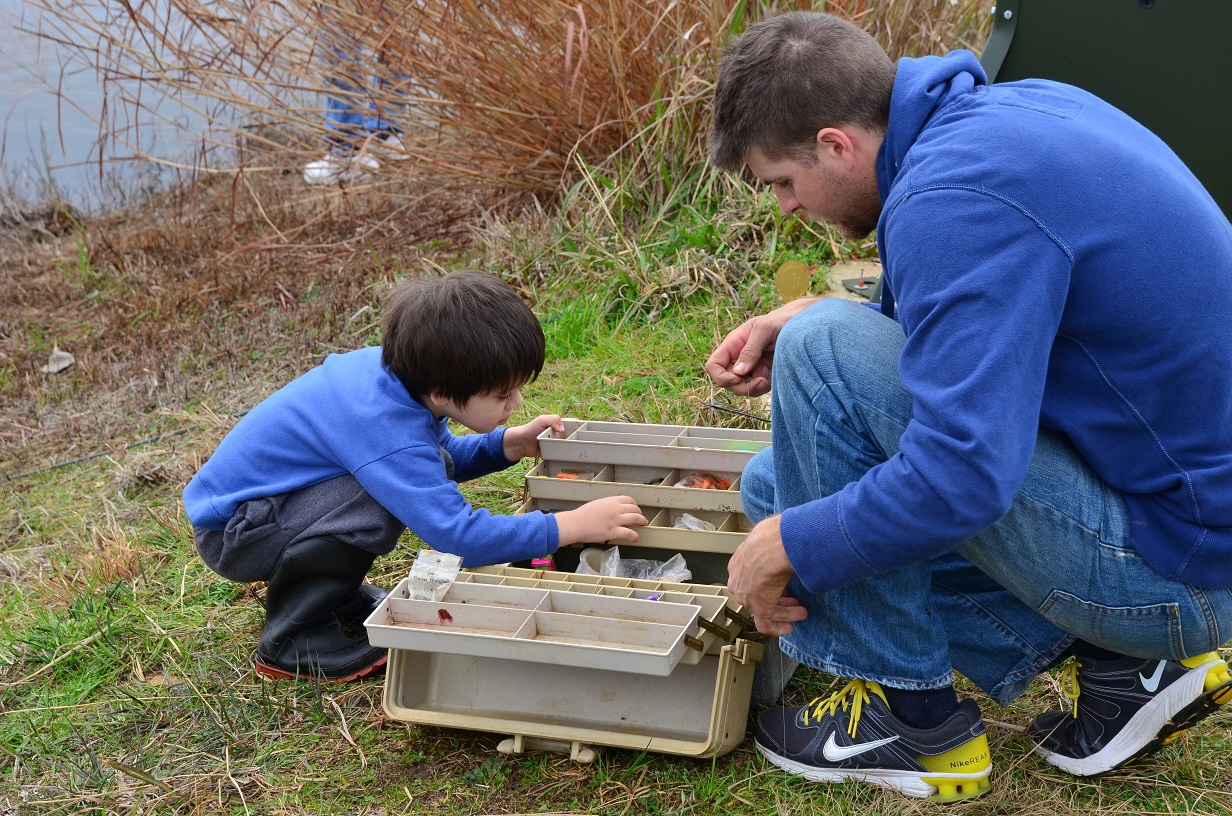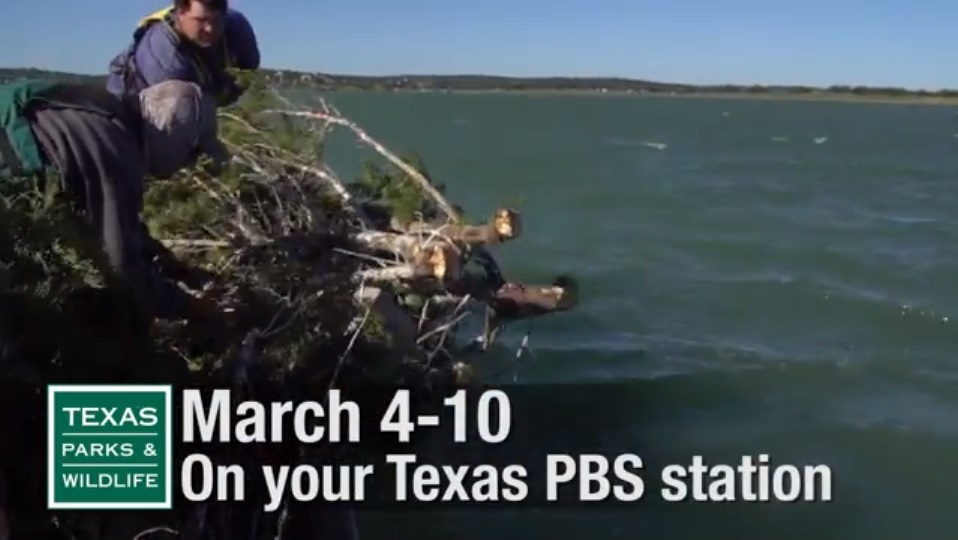Spring White Bass Run
Wednesday, March 21st, 2018This is Passport to Texas
Beginning in late December and early January, white bass begin to congregate where rivers and reservoirs meet.
And those fish are getting ready for those environmental cues to happen so they can actually all start migrating and running up river.
Environmental cues like changes in temperature and water flows. Marcos De Jesus is a fisheries biologist. When conditions are right, white bass move up river to spawn—something anglers eagerly anticipate each year.
Some of them go up pretty far – as far as they can swim to complete their spawning run. So, they become congregated and create excitement for the anglers, because once they’re congregated they’re really fun to catch.
East and Central Texas offer many white bass fishing opportunities. De Jesus says while they’re active year round, springtime runs, which continue through April, practically set up anglers for success.
As we get into the springtime, they congregate towards the mouth of the river waiting for those cues. Right when they’re at the mouth of the river, they’re easy to catch. But, the easiest time to catch them is when they’re running up river spawning in those shallow waters, because you can actually catch them from the bank. Do these fish give you a good fight? Definitely. They’re very great fighters. They become aggressive, and they take on many types of lures and live bait. Once they hook on – they’ll fight pretty hard.
The Sport Fish Restoration program supports our series.
For Texas Parks and Wildlife, I’m Cecilia Nasti.







 Passport to Texas is a
Passport to Texas is a  Passport to Texas is made available by:
Passport to Texas is made available by: